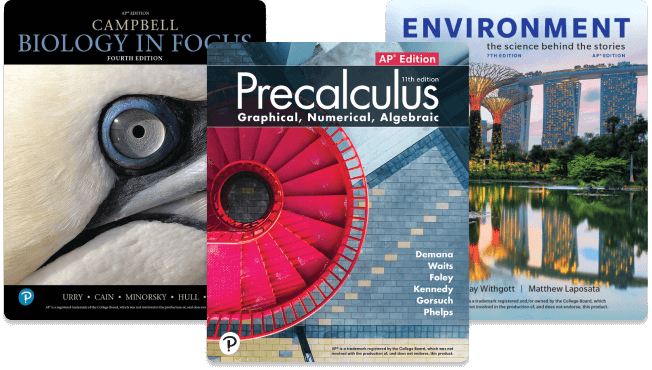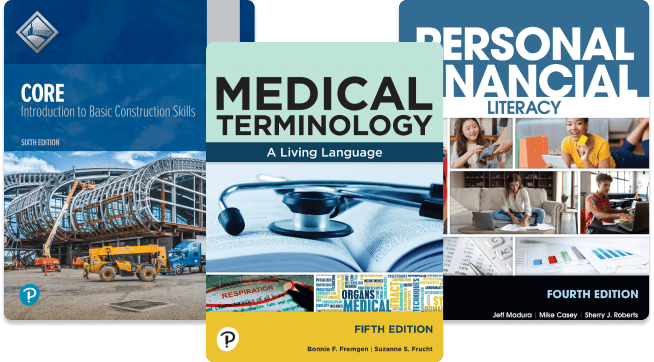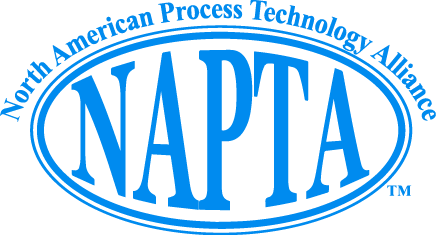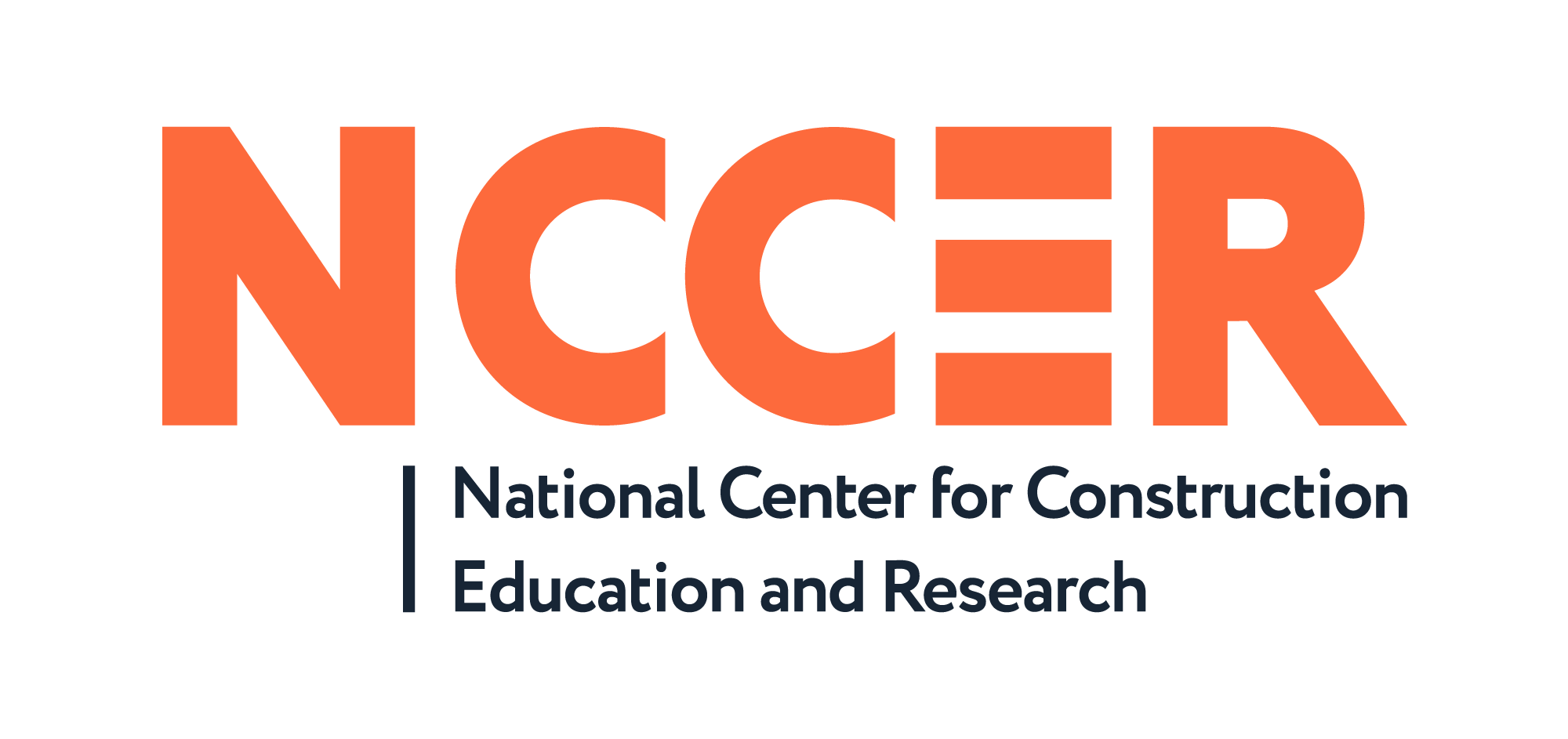Preparing students for college and careers
Teaching and learning experiences for the next generation workforce
Pearson's AP®, Honors, and Electives, Career and Technical Education (CTE), and Dual Enrollment learning experiences can unlock the highest quality college and career opportunity for every student.
High school students and parents are increasingly turning to educators and administrators for earlier and better options to prepare for college and career achievement. Those choices — in programs and materials — can be vital in shaping possibilities and outcomes for students.
With decades of innovation in learning, we’re focused on engaging programs that calibrate curriculum to college and employer standards. We are empowering educators to prepare students early for the future they imagine, in both college and their career.
Pearson's programs are used by millions of students and trusted by educators and administrators across the country. Our teaching and learning experiences are:
- Crafted by leading authors
- Backed by learning science
- Built with personalized and interactive features
Helping you succeed
Success stories in college & career readiness
Pearson's college and career readiness programs have empowered students to gain valuable skills, develop a love for learning, and achieve their goals.
Exploring funding options for your programs
Funding for college and career readiness can be obtained from various sources. While we have provided some resources for your convenience, we recommend conducting thorough research to explore all available funding options.
As of October 1, 2024, Pearson will begin to directly distribute its proprietary AP®, Honors, Electives; Dual Enrollment; and Career and Technical Education materials. In most cases, Savvas Learning Company will no longer distribute this Pearson content. Pearson and Savvas are committed to supporting customers through this transition. If you have an existing contract with Savvas, Savvas will continue to support your account for the Pearson products you have purchased through the duration of your contract.
AP® is a trademark registered and/or owned by the College Board, which was not involved in the production of, and does not endorse, these programs.













